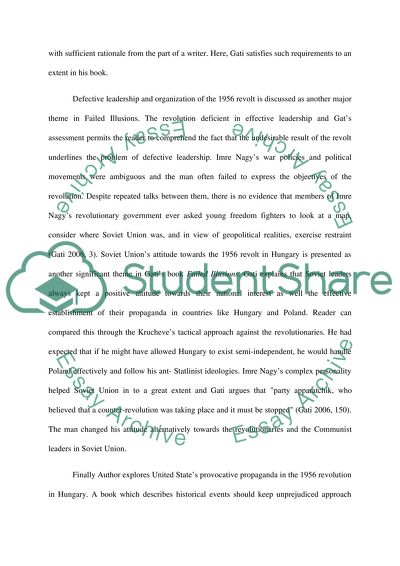Cite this document
(“Failed Illusion by Charles Gati Book Report/Review”, n.d.)
Retrieved from https://studentshare.org/history/1429947-failed-illusion-by-charles-gati
Retrieved from https://studentshare.org/history/1429947-failed-illusion-by-charles-gati
(Failed Illusion by Charles Gati Book Report/Review)
https://studentshare.org/history/1429947-failed-illusion-by-charles-gati.
https://studentshare.org/history/1429947-failed-illusion-by-charles-gati.
“Failed Illusion by Charles Gati Book Report/Review”, n.d. https://studentshare.org/history/1429947-failed-illusion-by-charles-gati.


